Women's Equality Day Lesson Plan
Teachers: Share the importance of Women's Equality Day with students. Bring classrooms to life with MY HERO's free Multimedia Resources and Lesson Plans.
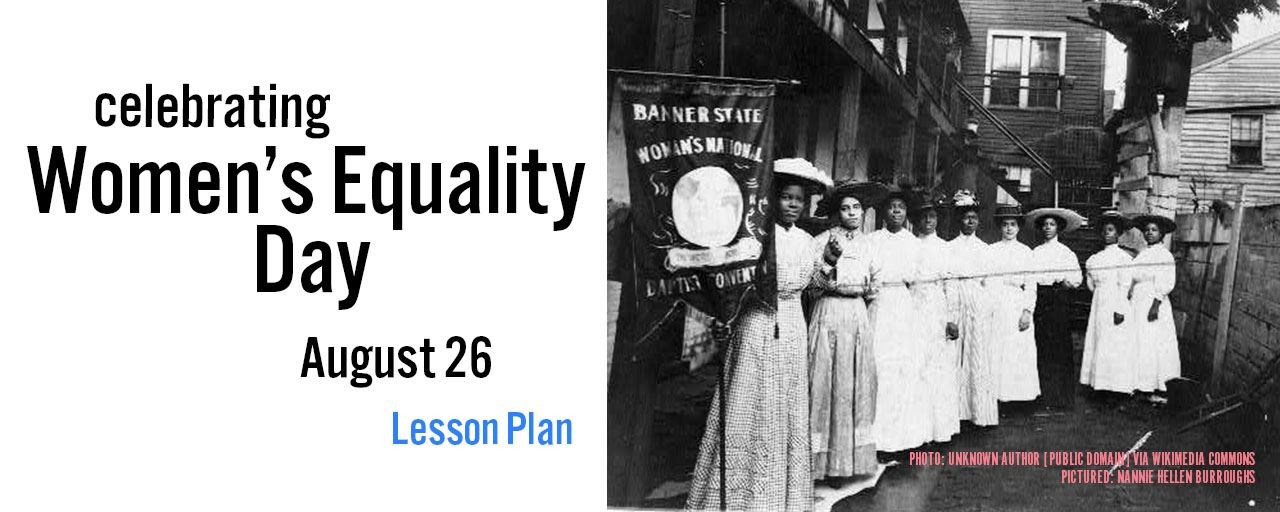
Introduction: In 1973, Congresswoman Bella Abzug helped establish Women's Equality Day to commemorate the passage of the 19th Amendment on August 26, 1920, which gave women in the United States full voting rights.
MY HERO recommends students watch this short student produced film, Women's Equality Day, to learn more about the importance of the 19th Amendment and the history of Women's Equality Day.
MY HERO recommends reading these stories to learn more about early feminists who worked for a woman's right to vote in the United States. Then consider the discussion questions and activities.

Lucretia Mott was a 19th century feminist who helped launch the women's rights movement.
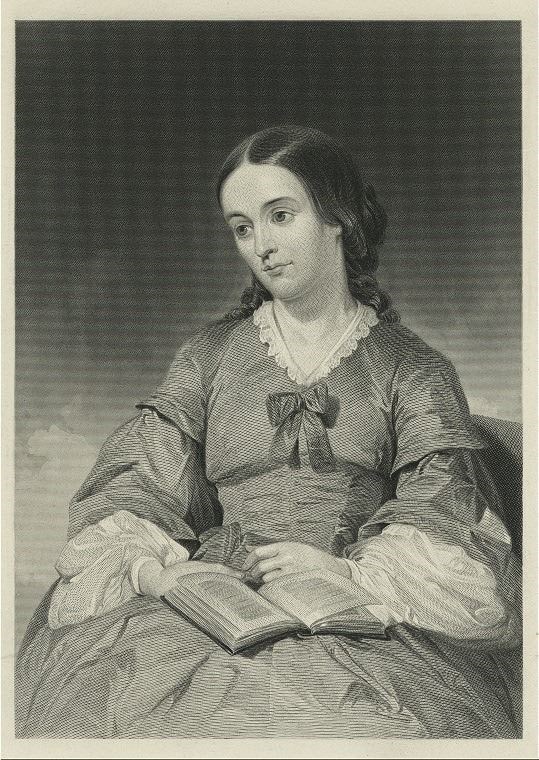
Margaret Fuller wrote Woman in the Nineteenth Century in 1845, an early major feminist work in the United States.
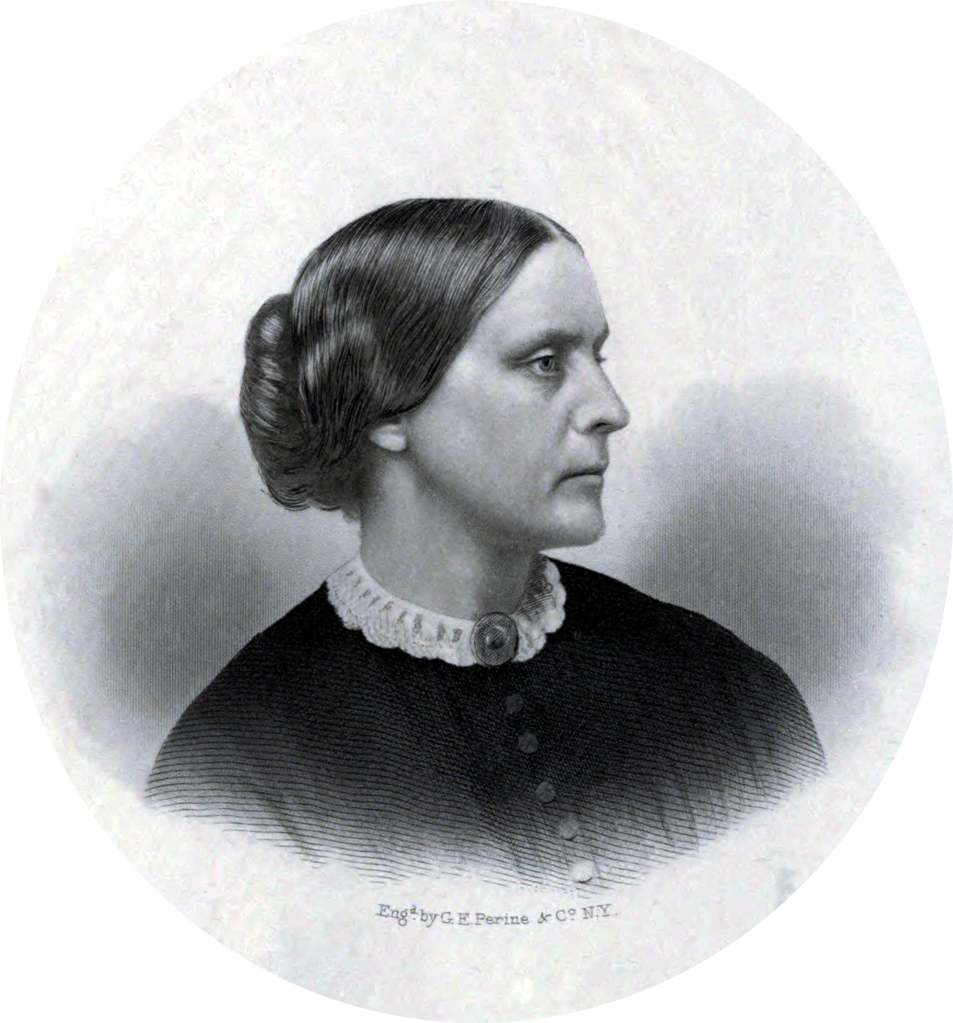
Susan B. Anthony was a leading suffragist who co-founded the Women's Loyal National League, American Equal Rights Association, and National Woman Suffrage Association.
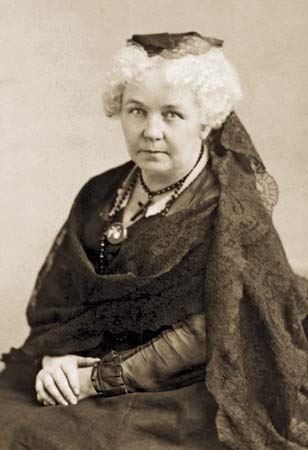
Elizabeth Cady Stanton met Susan B. Anthony, and they worked as a team to change the world for women.
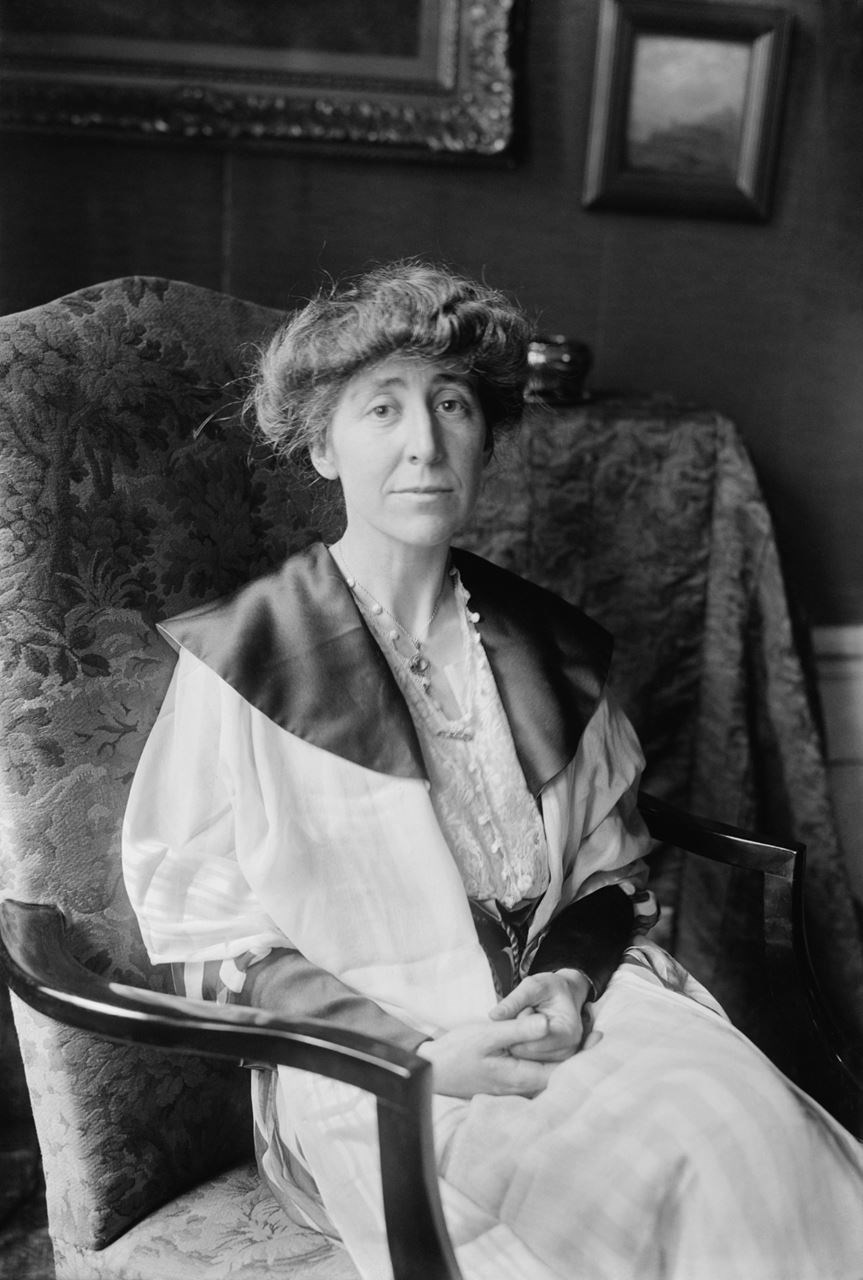
Jeanette Rankin, the first congresswoman, was determined to fight for women's rights and peace during her lifetime.

Sojourner Truth was a an abolitionist and women's rights activist who is known for her speech "Ain't I a Woman," delivered to the Ohio Women's Rights Convention.
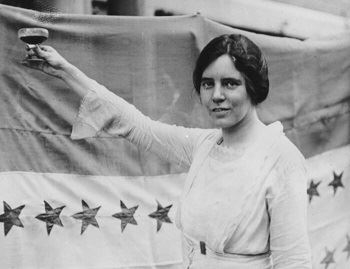
Alice Paul was a suffragist and leader for the 19th Amendment to the US Constitution, which granted women the right to vote. She picketed the White House and organized boycotts.
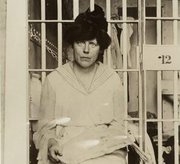
Lucy Burns was an American suffragist and women's rights advocate. She formed the National Woman's Party with Alice Paul.
The following story has an audio link that allows students to listen along to the story about Lucy Stone. Great for ESL students.
Discussion Questions
1. The women above fought for women's rights, including the right to vote. Do you know of any people today who are working towards the equal rights of women? Who are they, and what are they doing? Submit their story to MY HERO.
2. Research countries where women do not have equal rights. Identify someone who inspires you who is working for women's rights. Share their story with MY HERO.
3. Jeanette Rankin was the first female member of Congress. Do you know someone who was first of their gender, race or family to do something? What obstacles did they face, and how did they persevere to achieve their goal? Share their story with MY HERO.
Take a close look at the two photographs below. If these photographs appeared in the newspapers of their time, what message would they convey to their audience?
Students read these two stories about women who worked for women's rights in the United States during the 1960s and 1970s and consider the discussion question and activity.
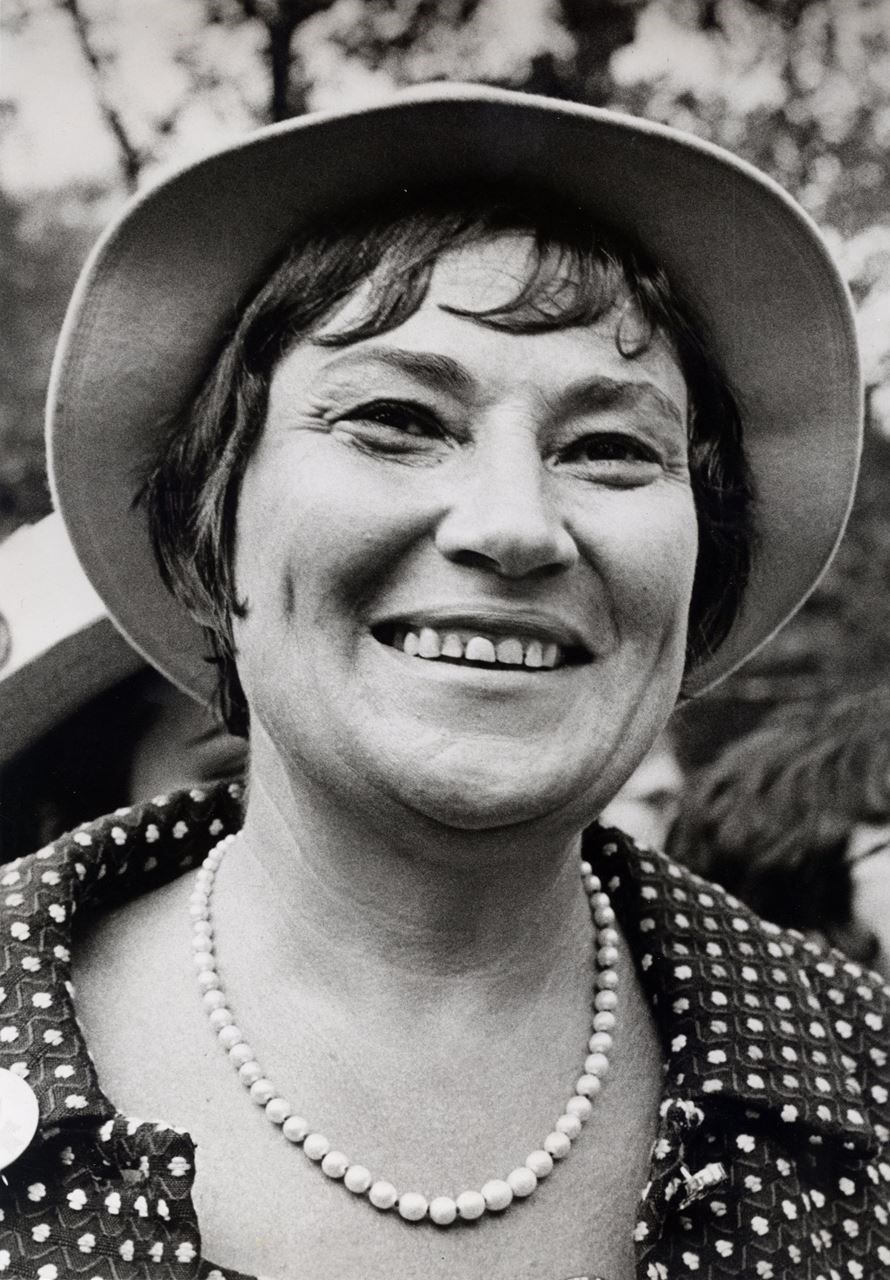
Bella Abzug was a New York Congresswoman who fought for women's rights and instituted Women's Equality Day.

Betty Friedan was a feminist in the 1960s who is often credited with starting the modern women's movement.
Discussion Question and Activity
Bella Abzug and Betty Friedan were second-wave feminists who worked toward equality and ending discrimination against women. Research other feminists from this time period. Who inspires you? Share their story with MY HERO.
Learning Outcomes
Students will develop research and critical thinking skills as they explore women's rights globally. Students will identify people who work toward women's rights and equality, then select an individual who inspires them.
|
|
The Women's Equality Day lesson plan was created by MY HERO Education Outreach Director Laura Nietzer. |
MY HERO Calendars for use in the Classroom
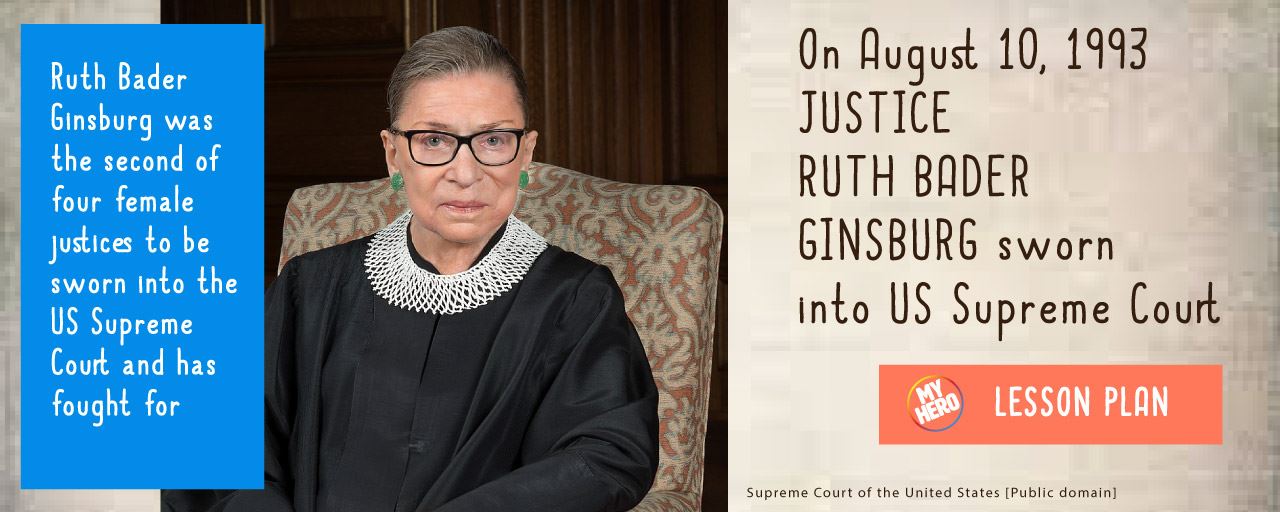
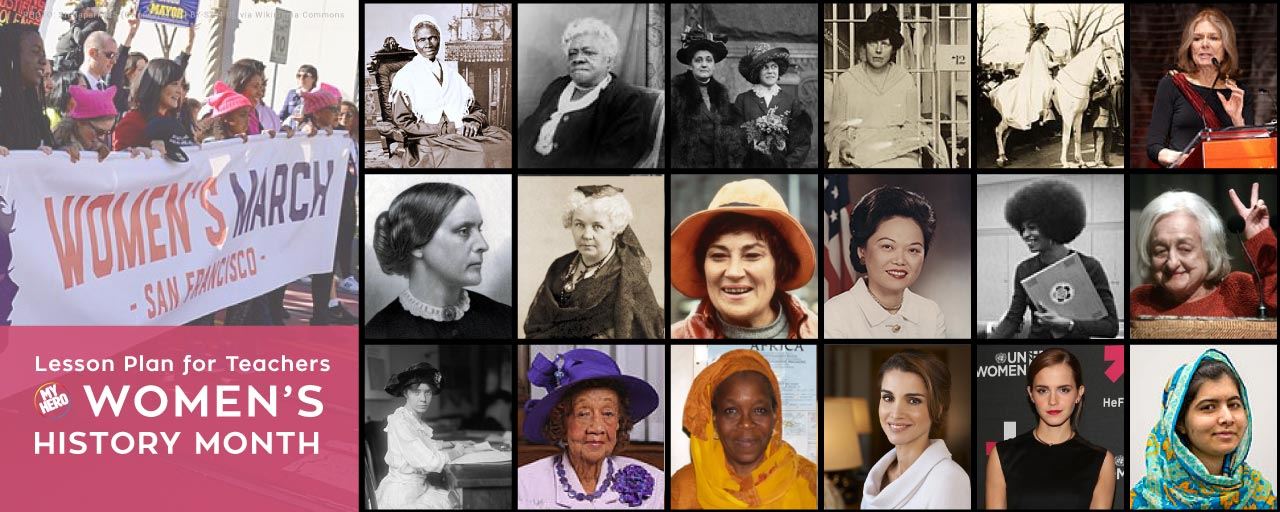
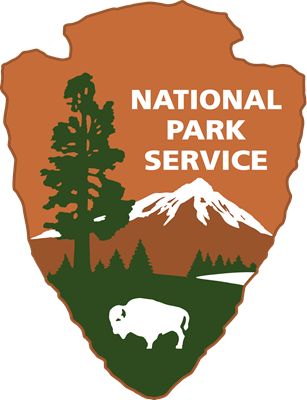
National Park Service | Black Women and the Right to Vote
From the series: Suffrage in America: The 15th and 19th Amendments
Essay #4: Between Two Worlds: Black Women and the Fight for Voting Rights
The mission of the US National Park Service is to preserve unimpaired the natural and cultural resources and values of the US National Park System for the enjoyment, education, and inspiration of current and future generations.
Organizer created on 7/8/2019 7:20:01 AM by Laura Nietzer
Last edited 7/23/2024 1:15:30 PM by Laura Nietzer